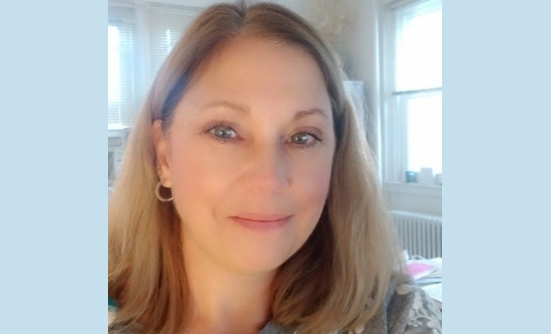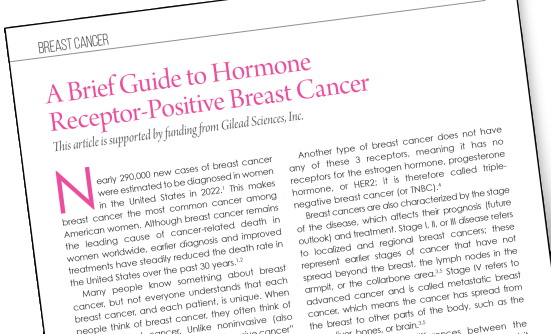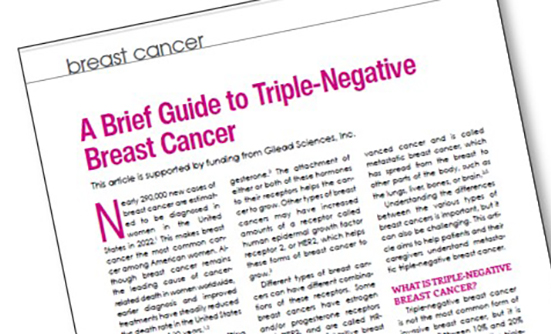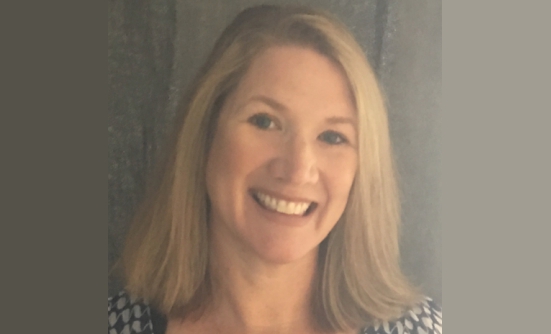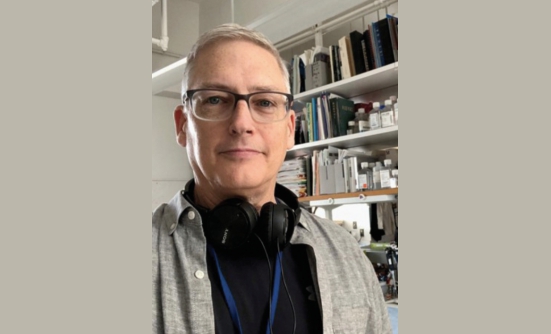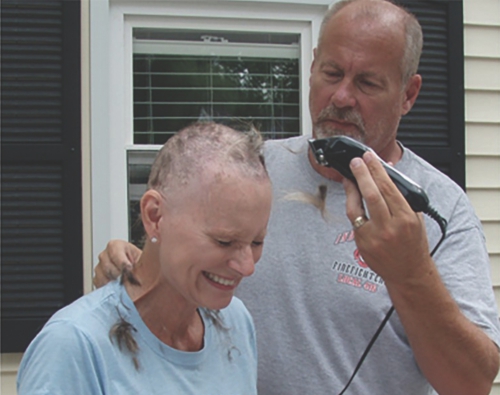
Time is a funny thing. At the very moment you are experiencing an event, the world’s other 7.5 billion people are likely undergoing something completely different. In that blink of an eye, an entire spectrum of human events is unfolding across the globe. To explain my point, we need to time travel back to 1971.
Two Wars
For some of you, that year is ancient history. The year 1971 was the time I graduated from a small-town Michigan high school and began my freshman year at Michigan State University. I was healthy. My family was healthy. I knew nothing, and I mean nothing, about cancer. My focus was on my boyfriend, hoping that he wouldn’t be drafted and sent to Vietnam, along with celebrating my newly born independence.
Vietnam, however, was not the country’s only battlefield. America’s longest war was its war on cancer, also raging in 1971. Patients with cancer and survivors were called “victims” at that time.
Because at that time cancer was believed to be contagious,1 the so-called victims lived as social pariahs. Rarely was their illness discussed, even within the confines of the family. If ever their secret came out, survivors—who were not called as such until a moving target of time had passed—could lose their jobs, could not join the military, could not adopt children. The cancer survival rate was grim at just 33%.2
Meanwhile, the approval rating of a beleaguered President Richard Nixon was also grim. He had won the 1968 election by promising a “secret” plan to end the war in southeast Asia, but no plan had materialized. However, a heated discussion about national health had become a full-blown fire on Capitol Hill. And Nixon’s advisors seized on it. The president was able officially to declare war on cancer by increasing research funding. Someone even suggested that the disease would be cured by the nation’s 1976 bicentennial.3
Tackling the Enemy
The war on cancer was a win-win for patients with cancer and for the president. Taking on cancer with such bravado could (and did) return Nixon to the White House for a second term. It was a fight behind which everyone—Republicans and Democrats—could rally.
So, while I was enjoying my Christmas break amidst family and friends, Nixon signed his National Cancer Act on December 23, 1971.4 The Act promised an unprecedented $1.6 billion over 3 years for cancer research.5 This year is the Act’s 50th anniversary. (We won’t discuss that it’s also my 50th class reunion.)
When the 1976 bicentennial celebration arrived, however, Nixon had resigned in disgrace, and cancer was still killing Americans. The news outlets proclaimed the war on cancer a failure, having expected by that time that a single pill will exterminate the disease in much the same manner that had happened with polio, 2 decades earlier. But sometimes, to be able to see progress, we have to turn around to remember where we started.
In the 5 years after the research boost through the Act, significant strides had been made in chemotherapy. Childhood leukemia and Hodgkin’s disease (now called Hodgkin lymphoma) were beneficiaries, soon to be moved to the winnable column in our fight against this still misunderstood malady.
The National Cancer Act’s 10th anniversary was in 1981. I was married with a 1-year-old son. I still knew nothing about cancer. And there was still no cure. Worse, breast cancer diagnoses had risen.
On more careful inspection, however, the increase in diagnoses was a result of 2 high-profile patients. When First Lady Betty Ford and Second Lady Happy Rockefeller announced their diagnoses and successful treatments in 1979, American women became more vigilant about their own breasts. Earlier diagnoses mean better outcomes, and the culture of cancer started to change. The “C” word could now be said aloud, and discussions of the war on cancer made discussions of the disease easier.
Fast-forward to the days after the September 11, 2001, attacks, it was nearly the 30th anniversary of Nixon’s Act. Newspaper stories about cancer were as terrifying as those about that horrific day. For example, “The ‘war on cancer’ is 30 years old today. Total victory nowhere in sight….Since President Nixon signed the National Cancer Act into law December 23, 1971, more than 12 million Americans have died.”6 Missing from these articles were the advances that had happened in those 30 years.
Newly developed targeted therapies were allowing doctors to blast cancer cells with less damage to unaffected cells and organs. Concurrently, Americans were bombarded with information about cancer prevention and early detection. Using sunscreen, smoking cessation, exercise, and better eating habits, combined with mammography, Pap smears, PSA (prostate-specific antigen) test, colonoscopy, lung cancer screening, and other diagnostics were saving lives.
Scientists also realized that rather than the previously thought single disease, cancer was hundreds of different diseases, each with its own characteristics and brand of virulence.
The War on Cancer Became Personal
During the first decade of the 21st-century, cancer became personal for me. My maternal aunt died of metastatic triple-negative breast cancer in 2002, and my stepmother died of her third primary cancer diagnosis in 2009.
In 2011, the year of the National Cancer Act’s 40th anniversary, I, too, was diagnosed with triple-negative breast cancer. Given my aunt’s history, I had a genetic test to look for mutations associated with breast cancer, which was negative for the BRCA mutation and other known mutations, although I believe that every cancer is the result of some type of a mutation. We just have not unlocked all the secrets yet.
In December 2011, as I was completing my treatment, some newspaper reporters could not help themselves from reporting bad news about cancer. Dire statistics continue to come forth: since the war on cancer had been declared 50 years ago, 22 million Americans died of the disease.7 But again, a look back reveals that in the previous decade, we made advances never dreamed of during Nixon’s time.
The human genome was completely mapped, which, in turn, launched the Cancer Genome Atlas. Its goal was to delineate the genetic makeup for various types of cancer, including mine, thereby guiding the choice of best treatment and improving patient outcomes.
Novel Treatments
Researchers had also come to understand the immune system better, gaining FDA approval for many immunotherapies, a novel type of treatment that activates the patient’s own immune system to attack the cancer cells while sparing healthy cells.
Interspersed in all this has been other far-reaching bounty. Cancer’s research and clinical trial protocols have been applied to other illnesses, including AIDS and the recent COVID-19 diagnostics, treatments, and vaccine production.
In further acts of brilliance, researchers began noticing that drugs produced for one type of cancer were also beneficial in other types. And the cancer survivorship movement—officially established in 1986—had continued to grow, gradually reducing the discrimination against patients with cancer and addressing the physical, financial, and psychosocial fallout of the disease.
We are now at the threshold of another anniversary. President Nixon had declared his National Cancer Act as “the most significant action of this administration.”8 Fifty years later, it could easily be perceived that this war had failed. Cancer is not cured, there is no single, magic bullet.
But science doesn’t always work as we expect. A much-cited quote from American writer and biochemistry professor Isaac Asimov says, “The most exciting phrase to hear in science, the one that heralds new discoveries, is not ‘Eureka!’ but ‘That’s funny…’”
If a failure, the war on cancer has been the most magnificently fruitful failure in history. The cascade of small steps that Nixon’s declaration launched has paved the way for research that is saving millions of lives, including mine. And that is more significant than the president could ever have imagined.
As Vincent DeVita, MD, Director of the National Cancer Institute from 1980 to 1988, noted, the war on cancer “did everything it was supposed to do....It set up application programs—the EORTC and U.S. clinical trials programs. The incidence of cancer in this country started dropping in 1990 and has continued to drop every year since, and so has mortality.”9
References
- Evidence that some cancers contagious. The Evening Independent. March 22, 1972. www.newspapers.com (requires subscription to access).
- What is cancer? The Daily Courier. April 1971. www.newspapers.com (requires subscription to access).
- Brennan R, Federico S, Dyer MA. The war on cancer: have we won the battle but lost the war? Oncotarget. 2010;1(2):77-83. www.ncbi.nlm.nih.gov/pmc/articles/PMC2945373/.
- National Cancer Institute. Milestone 1971. National Cancer Act of 1971. https://dtp.cancer.gov/timeline/flash/milestones/M4_Nixon.htm.
- Russell S. Nixon’s war on cancer: why it mattered. Hutch News Series. September 21, 2016. www.fredhutch.org/en/news/center-news/2016/09/nixons-war-on-cancer-and-why-it-mattered.html.
- Lipman L. After 30 years war on cancer is a draw. The Cincinnati Enquirer. December 23, 2001. www.newspapers.com (requires subscription to access).
- DiMicelli P. “22 Hours for 22 Million” Walking White House Vigil on 40th Anniversary of War on Cancer. December 1, 2011. www.prweb.com/releases/2011/12/prweb8999551.htm.
- Katrandjian O. Documentary: the long war on cancer. Retro Report. November 3, 2013. www.retroreport.org/video/the-long-war-on-cancer/.
- Haran C. Vince DeVita: the view from the top. Cancer World. 2005 (May-June):38-43.
Patient Resources
American Cancer Institute: National Cancer Act
www.cancer.gov/about-nci/overview/history/national-cancer-act-1971
National Cancer Institute: Cancer Statistics
www.cancer.gov/about-cancer/understanding/statistics










